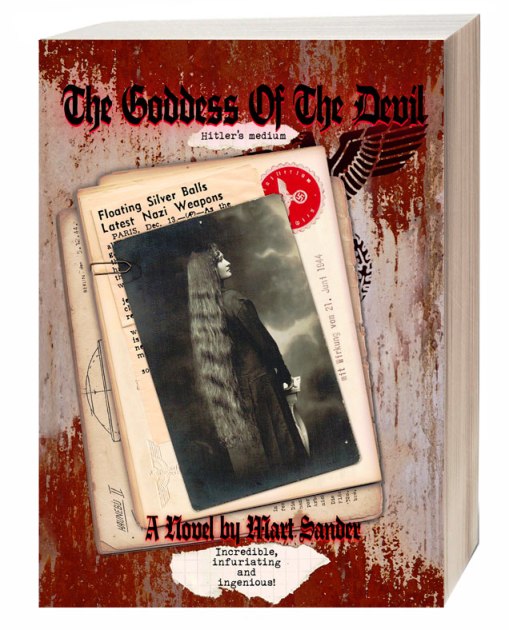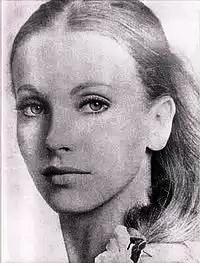 Most writers tend to want their editors to remain, if not invisible, at least fairly well-hidden. Some, but not all, do give an acknowledgement in the front matter. Some don’t. They want it to be assumed that no hand has muddied the pristine waters of their genius.
Most writers tend to want their editors to remain, if not invisible, at least fairly well-hidden. Some, but not all, do give an acknowledgement in the front matter. Some don’t. They want it to be assumed that no hand has muddied the pristine waters of their genius. If authors do mention that their book is in the course of being edited, they hardly ever say by whom, so unless they do the editor is also obliged to keep mum on the subject.Also, the editor has to be aware of the confidentiality of the relationship. If it is known what books are being worked on, any general remarks on writing faults may be assumed as having arisen from the current project.
It is refreshing, therefore, that I have received full permission from the multi-talented Mart Sander (link is to the Wiki page on him) to blog my appraisal of his latest novel, now undergoing an edit of the final section. He may, of course, have been influenced by the fact that it isn’t exactly uncomplimentary! :)
The Goddess of the Devil
Mart Sander
Editor’s Appraisal
 Few novels I have edited - or, indeed, read - have gripped my attention and imagination to the extent this one has succeeded in doing. The main protagonist, Maria Orsic (Orschitsch), actually existed and was an exceptionally beautiful woman, with blonde hair to her ankles, whose mediumistic talents were acknowledged even by sceptics. Her association with the famous and the infamous of the Nazi era, and the influence of her ‘Vril’ group of clairvoyants and mediums upon them, had an undoubted effect on the events of that time.
Few novels I have edited - or, indeed, read - have gripped my attention and imagination to the extent this one has succeeded in doing. The main protagonist, Maria Orsic (Orschitsch), actually existed and was an exceptionally beautiful woman, with blonde hair to her ankles, whose mediumistic talents were acknowledged even by sceptics. Her association with the famous and the infamous of the Nazi era, and the influence of her ‘Vril’ group of clairvoyants and mediums upon them, had an undoubted effect on the events of that time. How much so, is one of many fields explored in the novel. From her first meeting with two anonymous men, the book leaves no doubt regarding the reality of her abilities in esoteric matters. The limitations in her talents, though, provide a source of suspense and frustration for the reader throughout.
The identities of her callers are revealed towards the end of the first chapter in a way which gives an early indication of the author’s skill in dropping bombshells in a casual way. That particular one is effective even if expected, but most of the other (many) surprises arrive as a total shock. Every time the reader is lulled into a sense of having a good idea where events are being taken, further ingenious twists come in.
Particularly skilful blending of recorded history, vouched-for and documented facts, well-founded speculation, and imaginative invention, provides another thing which sets this novel apart. Actual characters and events were so amazing that it becomes almost impossible to know where fiction starts coming in. One is easily able to verify, for example, that Hitler claimed to have been at the mercy of a British soldier, Henry Tand(e)y, VC, who could have shot him but waved him on. Though disputed, this seems to be true. Then, ‘Indiana Jones’ prototype, Chapman Andrews, also existed and was as flamboyant as depicted. As yet another instance we have the Roerich expedition which ‘vanished’ for a year – again, this is recorded.
In essence, the novel follows Maria through her earlier days in Vienna to all the events and experiences beginning with her fateful interview in Munich and the ‘messages’ she received in Bechtesgarten in 1919, and her participation in a 1927 Tibetan expedition, through to the events which preceded, and unfolded during, the Second World War. Adventure, romance and mystery are interwoven with the progression of all the momentous happenings of that incredible time in history, leaving the reader breathlessly eager to reach the outcome.
This outcome is not rushed. It would have been a mistake, in my opinion, to do so. The impact lies in all that has gone before; to try and condense or prune would not be wise even though the length of the novel is well over that which publishers traditionally look for from a writer not yet established. One could, perhaps, try to dispense with sections which show the progression of a normal, rational nation into a unity which became associated with pure evil. However, the insights into how the fascination with fascism, and reverence for Hitler, crept insidiously into the psyche of the ordinary German man and woman is part of what lifts this novel far above the normal run.
It is my belief that this book has definite potential to become a best-seller. The most difficult part will be how to categorise it. Historical ‘faction’? Supernatural? Adventure? Romance? Science fiction? Fantasy? It has all these elements in it, and more. As is appropriate for a writer who is also a musician, Mart Sander has orchestrated them all perfectly into a symphony of epic proportions.
Leslie Hyla Winton Noble
September, 2014.